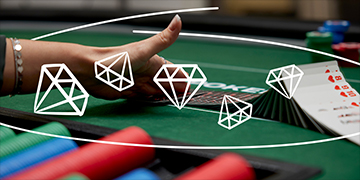Essential Checklist & Tips for a First-Time Live Poker Tournament Player
Pre-Travel Checks
- If traveling to a different country, make sure you have travel insurance, any required vaccinations, and have notified your bank that you’ll be traveling so you can still use your cards.
- Speak with the event organisers to find out the tournament structure (starting chips, blind levels, breaks etc). With this information you can start pre-planning your days and thinking about things like:
- How many Snacks you’ll need to bring?
- What time you’ll need to go to sleep/wake up to be fresh for the day?
- How many breaks you’ll have for lite meals, research the venue to find out what meals they can provide?
- Think about the healthy snacks you want to bring.
- Almonds – these nuts are high in healthy fats, protein, and contain brain-boosting nutrients like vitamin E.
- Blueberries – these tasty berries are loaded with antioxidants and are thought to improve memory and cognitive function.
- Avocado – avocados are rich in healthy fats and antioxidants, making them a great choice for maintaining energy and focus.
- Dark chocolate – a small amount of dark chocolate can provide a boost of energy and brain-boosting antioxidants.
- Greek yogurt – packed with protein and probiotics, Greek yogurt can help keep you feeling full and focused.
- Prepare a small bag / backpack where you can keep your snacks and items such as extra clothing for if it gets cold, power bank, headphones, gum, sunglasses and hand sanitiser. This will ensure you’re fully comfortable at the table each day.
- If you won your seat to a big buy-in event such as an EPT or PSPC, consider selling or swapping a portion of your buy-in with family, friends, or other players before you travel. This way you’ll guarantee a return and potentially feel less pressure about playing the event.
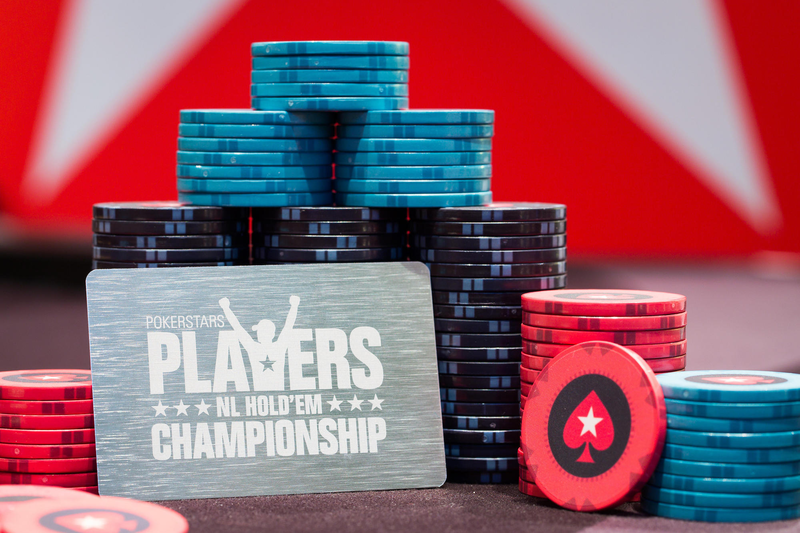

- Ensure you have all your travel documents for your flights, transfers & hotels.
- If you’re planning on going alone to the event, try find some other new players online who are also attending. Swap numbers and arrange to meet up at the event or speak with the event organisers. They will usually put on lots of entertainment and fun activities for the players, so you won’t be alone.
- Get in the right mindset. It’s good to be confident, but bear in mind that it’s extremely difficult to win a live poker tournament. There may be times where you’re the chip leader and then drop down to the lowest stack and you need to be prepared for the swings.
Pre-plan what you’ll do if eliminated, as there should be lots of activities available that you can take part in. - Tell your Family and Friends to keep an eye out for event coverage on PokerStars Blog and Poker News. The PokerStars Live Twitter account will announce any live streams too.
Pre-Tournament Checks
- Get as much sleep as you can to stay fresh and focused, plan to wake-up well in advance so you’re not rushing before the tournament starts.
- Pack your tournament table bag / rucksack so you’re ready to go.
- Do some form of exercise. This can be a light gym work out, yoga, or a run / walk on the beach. Anything light to get the blood pumping. Remember, you’ll be sitting for most of the day in the tournament.
- Take a refreshing shower to wake up and get you feeling fresh and ready for the day.
- Eat a light, healthy breakfast. The high energy snacks you’ve packed will keep you going until lunch. You want to avoid eating fatty foods that will make you feel sluggish at the table.
- Try 10 minutes of meditation. There are plenty of apps and YouTube videos available for this.
- Watch some Live Poker to get you in the mood and to prepare you mentally for the day.
- If available, check your table draw (who’s sitting at your table). You can use Hendon Mob to check any player profiles, including live results.
Tournament Table Checks
- If you feel comfortable in doing so, speak to the other players and introduce yourself. Avoid mentioning that you’ve never played live poker before or that you’ve qualified, as professional players can use this to their advantage. However, it’s also fine to sit there quietly and hide behind headphones and sunglasses. Ultimately, try to do whatever you feel most comfortable with.
- Dealers can also help answer any questions you may have, or you’ll see floor staff walking around to which you can ask questions more discretely if required.
- In addition, there will be many PokerStars Staff who are always there to assist you, from Bloggers, Live Events Teams, social media Teams and even PokerStars Team Pro’s.
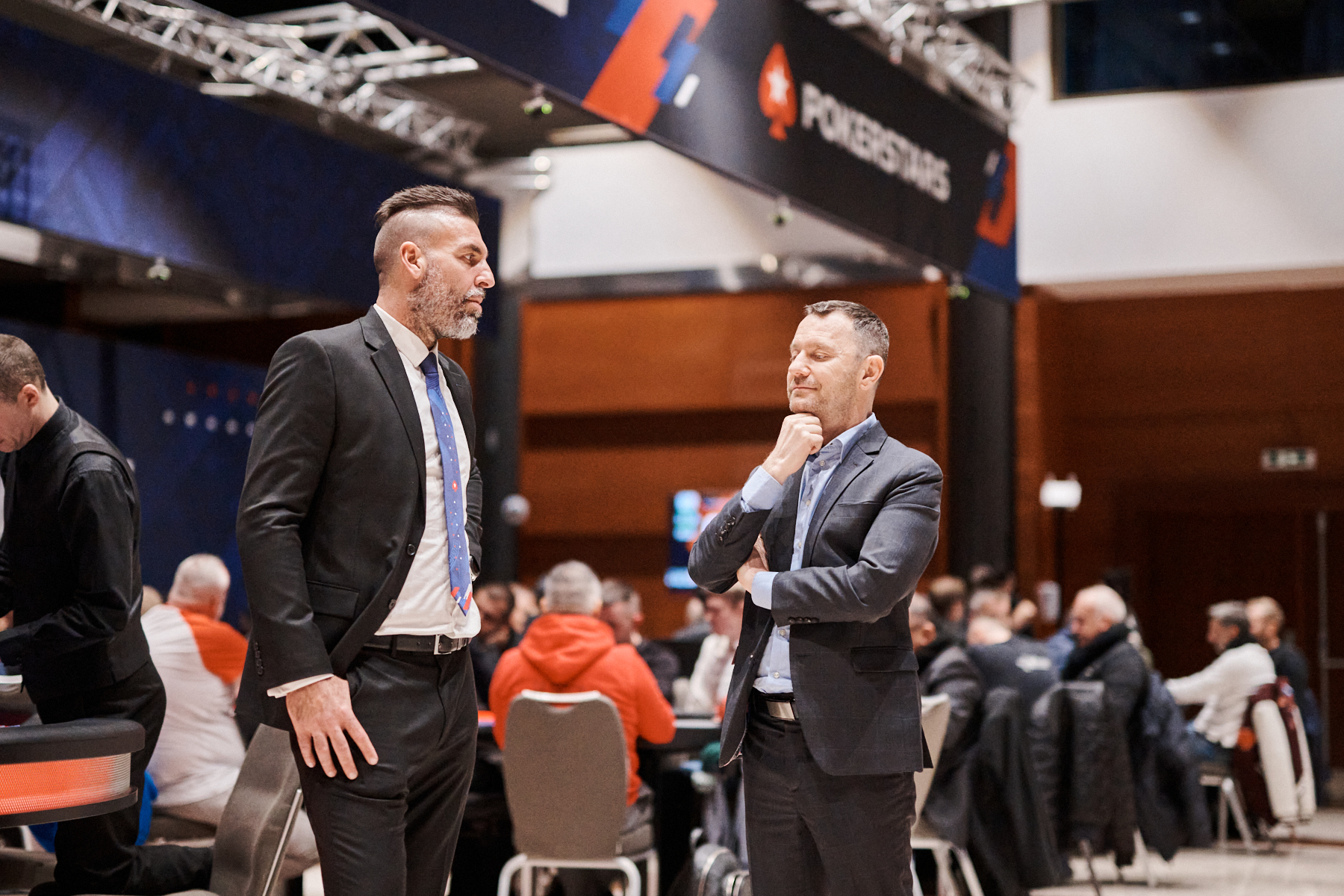

If you’re feeling nervous at the start of the tournament, just fold the first few rounds and watch how the table plays, how the action goes round the table. You could even put on some relaxing music to help calm your nerves.
Use this time to study your opponents, see who’s willing to play and who’s being more cautious.
Remember you can leave the table whenever you like, the dealer will fold your cards and take any chips you owe as blinds/antes. Grab some fresh air and come back when you’re feeling ready. The first few levels, the blinds/pots are very small compared to stack sizes.
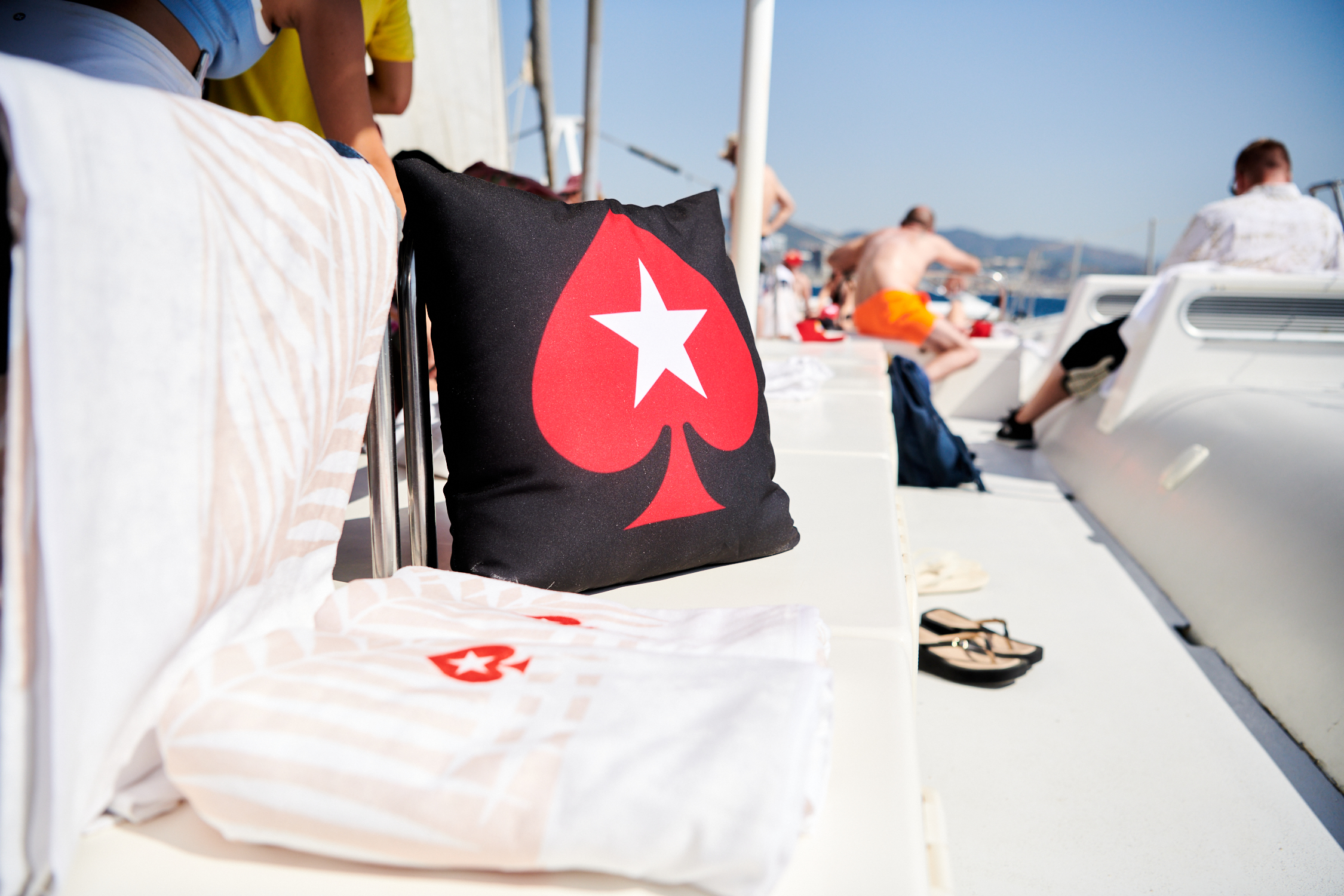

Giving Away Tells
Most players cannot tell if you’re bluffing or if you have a good hand. However, there are some ways to avoid giving off tells.
- Don’t acknowledge players who ask you a question whilst you’re in a hand. This may seem rude, but it’s very accepted in poker. They are usually fishing for clues as to how strong your hand is.
You can simply ignore any questions whilst you’re in a hand or respond after the hand, I usually try not to talk whilst in a hand, it’s just one of my rules. This shows your opponent that you think about the game, that you have a strategy, and that they’re not going to interrupt that strategy.
- Whilst in a hand, focus on one spot at the table, ideally the same spot each time. For example, this could be the board, or straight down in front of you. Try not to alternate it though, keep this consistent.
- Find a relaxing pose with your hands and feet in the same place. Also, I notice many players will fully close their mouth which if nervous puts a ton of pressure on their breathing, especially if an opponent is staring at them and trying to gain information. Try to keep your mouth open slightly so you can breathe through your mouth or nose.
You can even use this time to relax and use breathing exercises, in through the nose out through the mouth.
- Some players also wear sunglasses as an extra defence from giving away eye tells, and it puts up another barrier between you and your opponent.
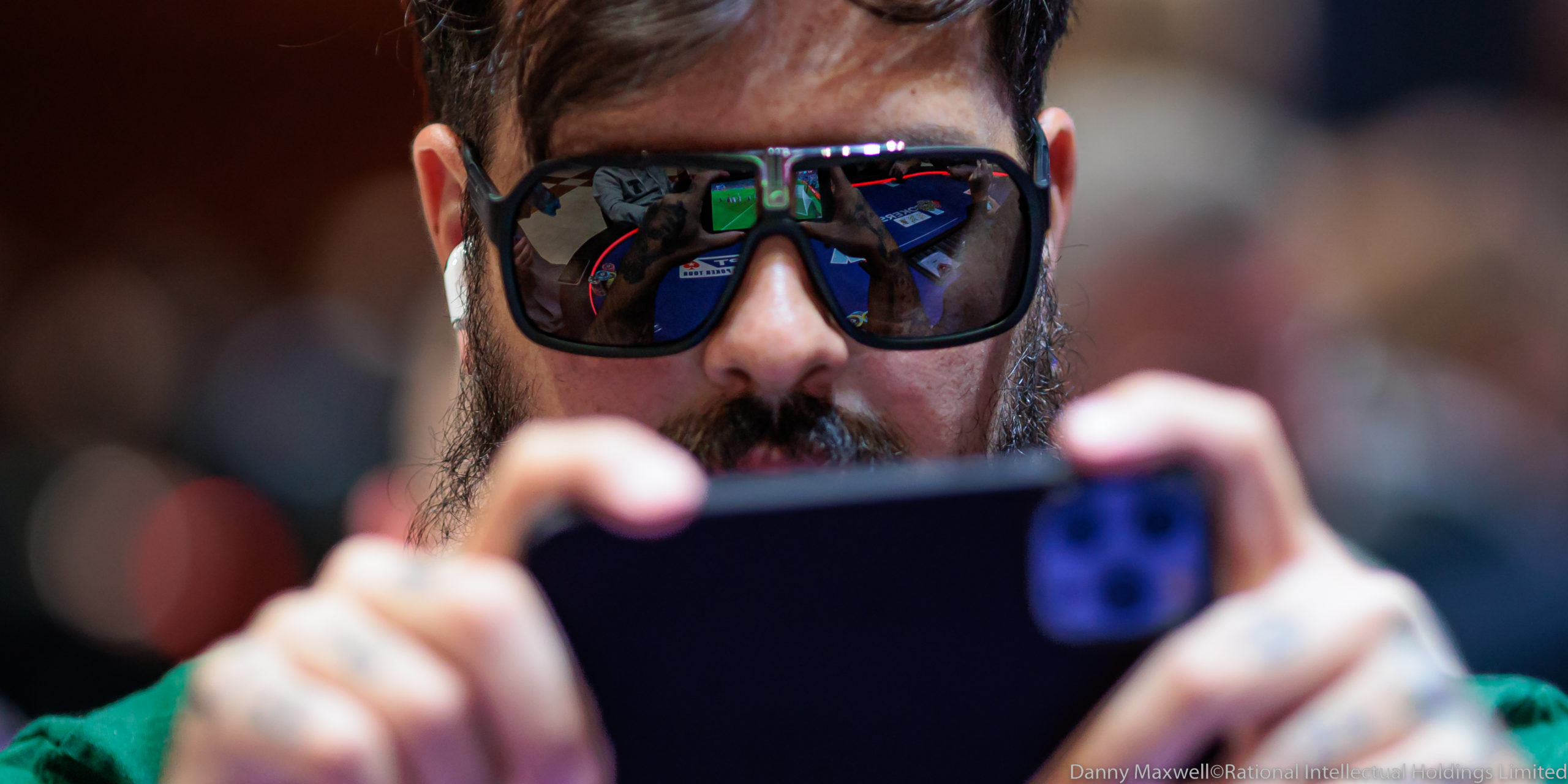

Watching for Tells
You should constantly be watching your opponents even when you’re not in the hand, looking for information on how often they play, how much they bet, how often they’re bluffing etc. Do they show up with weak or strong hands, do they fold to big bets, and of course you can also look for tells.
Be warned though as some experienced players may use reverse tells.
- A player sitting forward could mean they’re excited about their hand. If a player is sitting back, this could mean they’re not happy with their hand.
- Nervous, shaking legs. If a player’s legs are moving up and down, it could mean they are nervous or excited. So, either a bluff or big hand, if you spot a players legs getting excited every time they have a good hand, it’s a great tell.
- A player reaching for tips before it’s their turn to act could be a sign of a strong hand or they could just be trying to fool you that they’re going to play big to prevent you from getting involved.
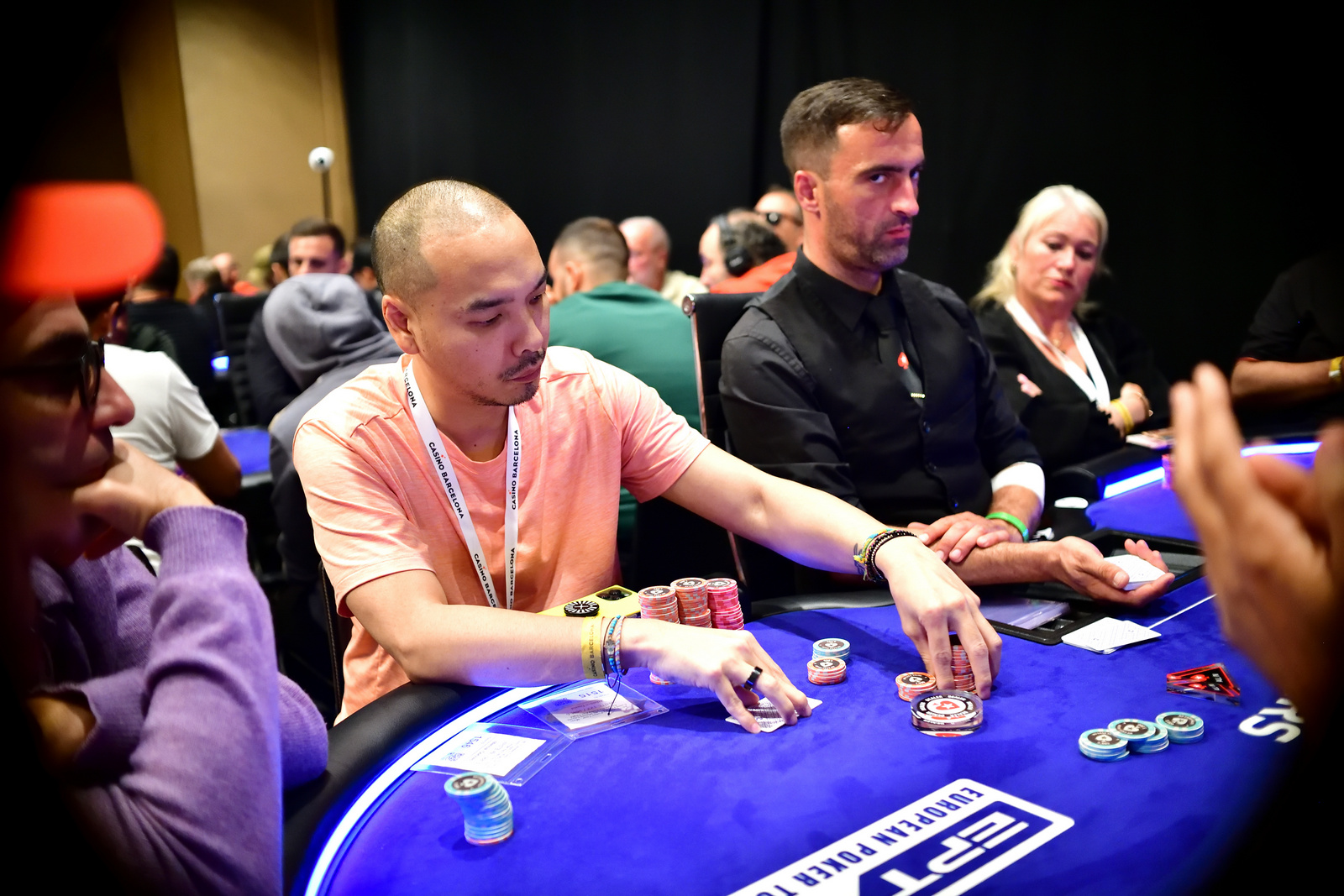

- Covering the mouth, face or scratching the nose are often signs of bluffing.
- A player avoids eye contact or looking disinterested could be a sign of a strong hand. The opposite is true for weak hands.
Tells are only useful if you’ve noticed them a few times, plus, they could mean the opposite for some players.
Make sure you pay attention to your opponent’s reactions to everything, like how do they react to your bet, how do they react to flop, turn and river. Make as many mental notes as possible.
Bad Beats and Tilt
You should try and stick to your game plan whether you’re winning or losing hands. Some players go on ‘Good Tilt’, where they start playing badly because they keep winning. Others lose a big pot and then play so bad they lose the rest of their stack.
It all comes down to controlling your emotions, whether that’s good or bad emotions.
If you feel yourself frustrated, angry or not playing how you’d like, try avoiding playing a few orbits. Listen to some mediation or try some breathing exercises. If this still doesn’t work, leave the table for five minutes go grab some fresh air.
When it comes to bad beats, if you’re aces get cracked by J9s it’s not really a bad beat, it’s variance, you’re supposed to lose nearly 20% of the time. Yes, it’s unfortunate, but you need to always be prepared for the fact that just because you have a big hand doesn’t mean you’re going to win. Once you’ve nailed this mindset, you can continue to play your game whether you win or lose a hand.
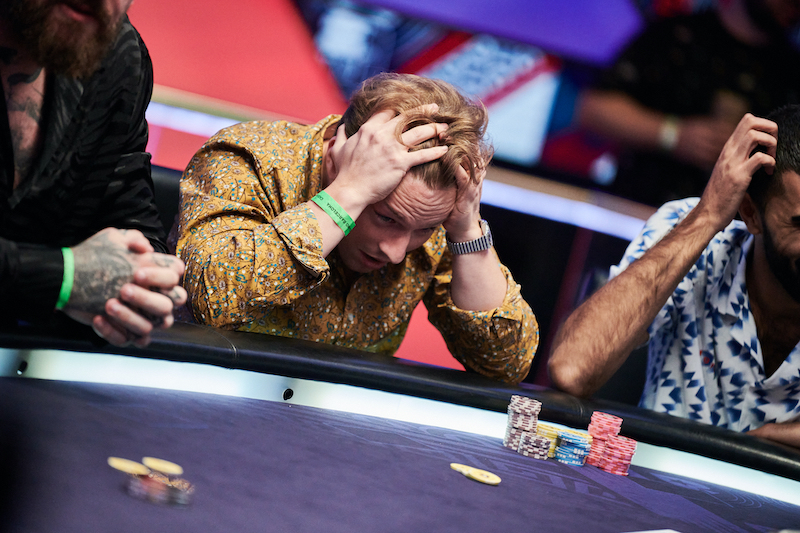

You may have just lost a big pot, but most of us would have heard of the phrase “chip and chair”. It’s always possible to come back from a very small stack, after all overcoming difficult situations is what poker is all about.
Bluffing
There are a few types of Bluffing in Poker.
- Pure Bluff – This is when you bluff with a weak hand in the hope that your opponent will fold. These should only be used against opponents you’ve seen folding often. You usually do not want to risk your entire stack bluffing, yet we often see players doing this on TV.
- Semi Bluff – Semi Bluffing is a little more forgivable as you still have the chance to improve your hand to win. You’re semi bluffing when you have some type of draw hand, like you need one more card for a flush, straight or full house. You bet hoping your opponent will fold, but if they call you still have outs. Semi Bluffing is painful when you bet and your opponent re-raises forcing you to fold.
- Bluff Catch – Not technically a bluff your side, this is where you are calling with a weak hand because you feel your opponent is bluffing and you want to catch them out. Again, this is risky, because your opponent could have a great hand, forcing you to lose the pot.
In general, you should avoid bluffing too often. If, however, you have a really tight table image, meaning you’ve not played many hands and every time you’ve reached show down you’ve had a big hand, and should your opponent have a weak or medium hand, they’re more likely to fold.
The same is true for your opponents if you spot a player constantly showing down with bluffs, you’re more likely to call with weaker hands as a bluff catch.


Post Tournament Checks
If you’re still in at the end of the first day, congratulations for making the next day. Now is the time to rest though. You can have late nights after you win or are eliminated, save the no sleep for then.
In the meantime, do something relaxing. Go for a walk and try not to think too much about the days play. If, however, there is a hand stuck in your head that’s nagging you, talk to another player about it.
If you’ve been eliminated from the event, don’t be too down, it’s hard to win or even cash in a live poker tournament. Even the best players in the world go through spells of busting early.
The fact you’ve played such an event means you’re no longer a pure beginner, you can take away all that you’ve learnt and now you have some free time to unwind and do whatever you like. You’ll find many activities put on by the live events team or you can stay and watch the rest of the poker.


General Tips & Summary
- Avoid big pots with weak hands early in the tournament.
- Avoid going broke early with big hands, try to play small pots.
- Avoid losing a big pot in a multiway pot, the more opponents in the pot the less likely you are to win.
- Observe as much as possible from your opponents, stack sizes, playing styles, betting patterns & table image. Consider this information when making your decisions in the future.
- Adjust your style to your opponents, e.g., tighten up your starting hands against strong opponents. Attempt more bluffs against tight players.
- Don’t feel intimidated by Pro’s or aggressive players. Remember that new players have won tournaments before. Everyone starts with the same amount of chips and card potential.
- Most of all have fun, take it all in, and learn from the experience, it’s a story you’ll tell for many years.
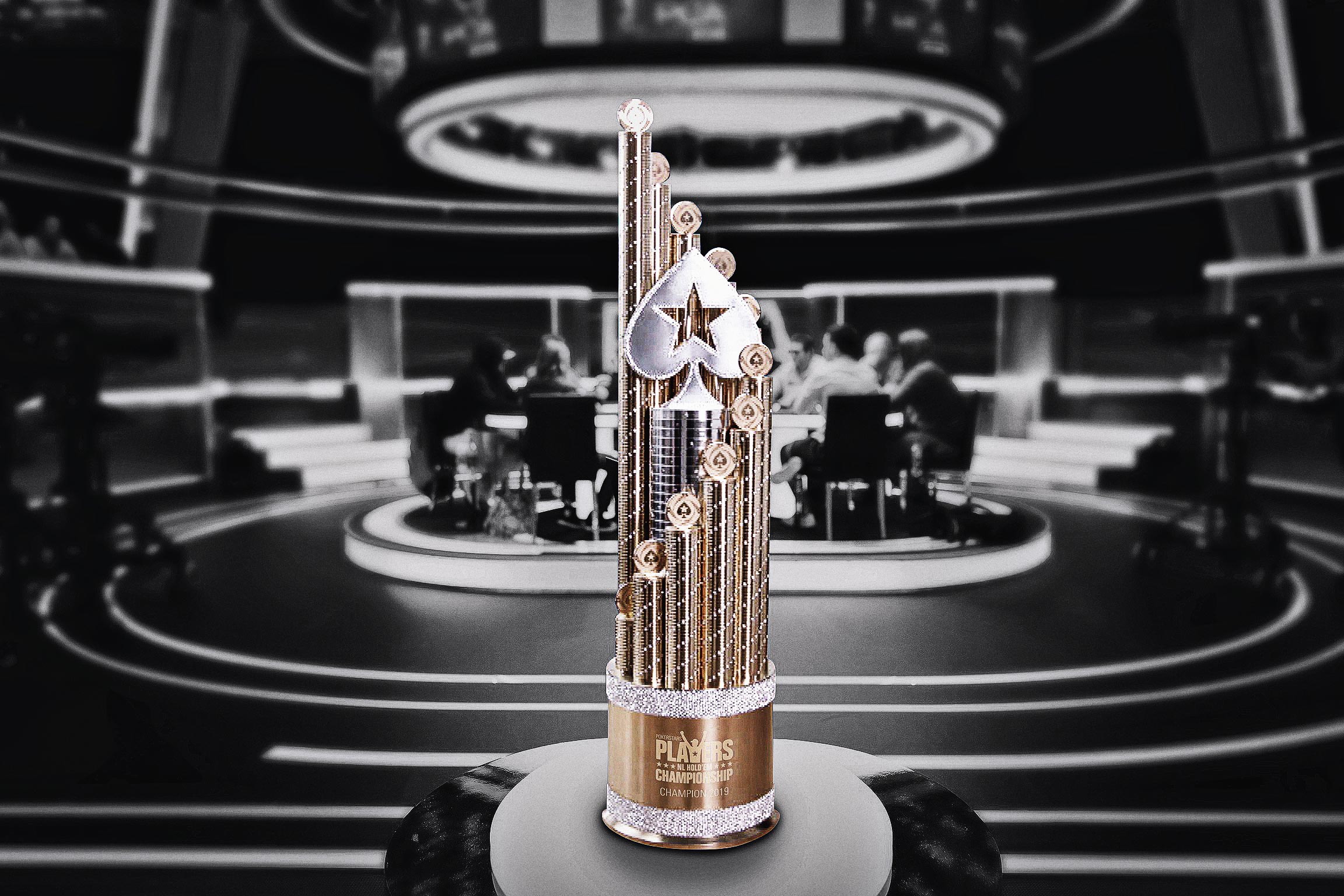

Bonus Tips:
Check out the Live Tournament Poker Tips & Advice from our PokerStars Team Pros:










